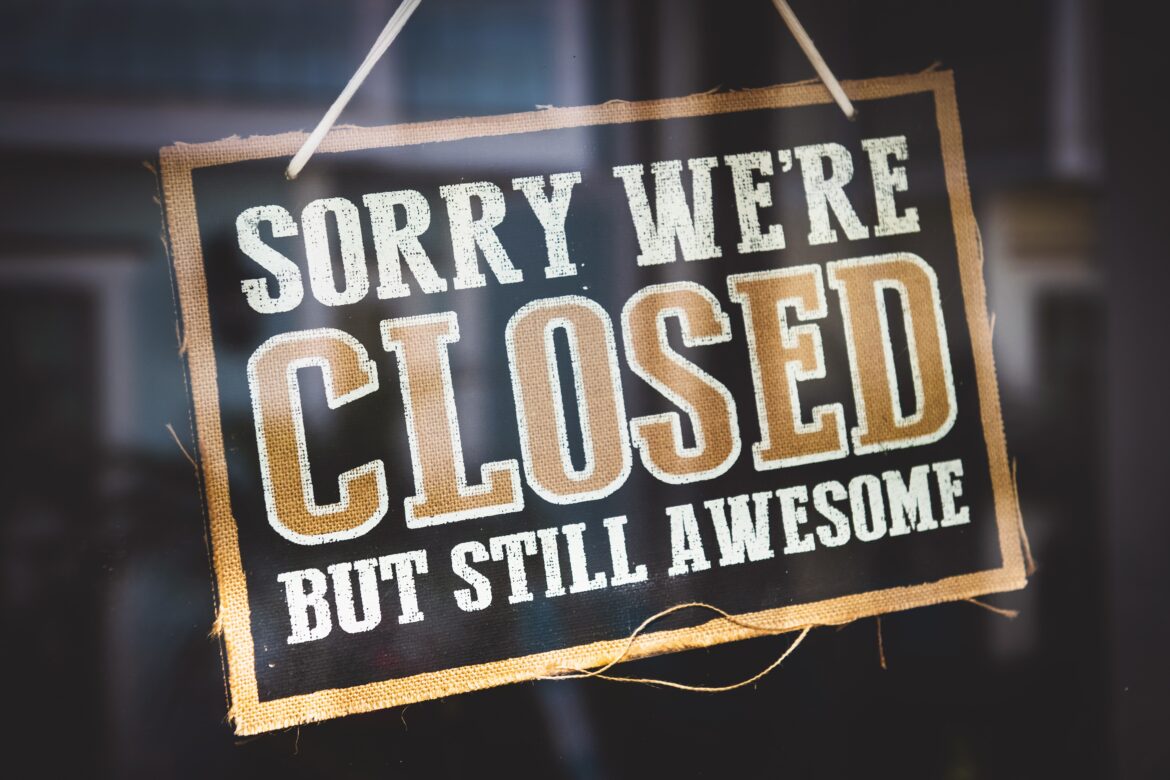About 48 per cent of all new Australian business start-ups fail within the first four years, and just 77 per cent make their first anniversary, according to new data released by the Australian Bureau of Statistics (ABS).
However, the potential for failure isn’t deterring record numbers of Australians from getting into business – and the majority are doing it on their own.
In 2021-22, of the 473,000 new businesses that commenced, just 25 per cent had employees.
RSM Australia Director of Business Advisory Philip Price said non-employing businesses – which covered sole traders and partnerships without employees – comprised 60 per cent of the 2.6 million businesses operating at the end of June 2022.
Despite it being an ‘employee’s job market this new data shows Australians are prepared to take the risk and set up their own business,’’ Mr Price said. In a reflection of Australia’s tougher economic climate and current skills shortages, the number of non-employing businesses increased by 10 per cent in 2021-22, with a net movement of 15,000 surviving businesses changing their status from employing to non-employing,’’ he said.
‘’Interestingly, the reverse happened in 2020-21, when employing businesses increased by 14 per cent, with 58,000 surviving businesses changing from non-employing to employing,’’ he said.
‘’The tightening labour market skills shortage is exacerbated in the current economic and business environment as individuals start new businesses in big numbers.”
However, Mr Price issued a note of caution to Australians who may be unhappy in their current jobs and are considering setting up their own business.
Unfortunately, the survival rate of new non-employing businesses is poor with just 74 per cent still operating after the first year and only 47 per cent still standing after four years,’’ he said.
‘’This compares with a four-year survival rate of 72 per cent for new businesses with 20-199 employees and 70 per cent for businesses with 5-19 employees.’’
Mr Price said sole proprietorships with one owner – also known as sole traders – also had similarly low new business survival rates with only 43 per cent still operating after four years.
‘’Being a sole trader may be the simplest and cheapest business structure to set up, but it’s not the most protective or successful,’’ he said.
‘’These types of entities are risky because they offer no asset protection, with the owner having unlimited liability for all debts accrued.
Do the groundwork to avoid a start-ups fail, first by putting together a business plan and seeking expert advice on the best legal structure to use.”
